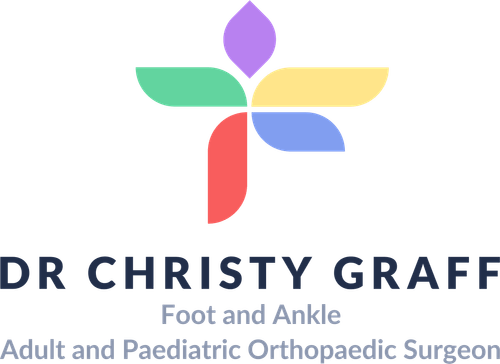Dr Graff's Blog

January 13, 2025
The tibia, also known as the shinbone is the most commonly fractured long bone in the body. Tibial shaft fractures account for 1.9% of all fractures. Intramedullary nailing (IMN) – where a specially designed metal rod is inserted inside the bone to stabilise the fracture and allow healing, is the gold standard for the treatment of these fractures in adults.

January 6, 2025
Supracondylar humerus fractures in children are common, and severe unstable fractures are managed with surgery. This involves using X-ray to straighten the bone and put wires in to hold the bone still. The most stable configuration of wires is one on the outside of the elbow and one on the inside of the elbow.

December 30, 2024
Open fractures of the tibia can sometimes lead to bone infection, called osteomyelitis. This is difficult to treat, as the fracture will not heal without getting rid of the infection, but also needs to be stable. If the fracture does not heal, this is called delayed union or 'non-union'.


